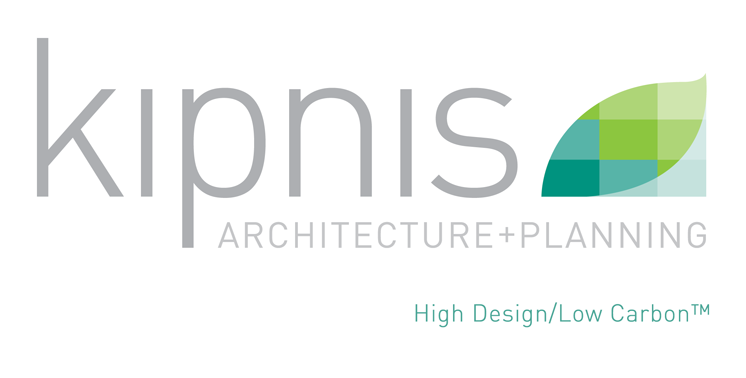By Dean MacMorris, President, Night Light, Inc.
As daylight starts to wane this time of year, the impact of evening illumination grows. While the effect of nighttime lighting on landscapes is powerful, when using LED lights, it can use less actual power and be more energy efficient.
LED lighting is one of five light sources, which also include common halogen, incandescent and mercury vapor lamps, among others. With homeowners looking to maximize their savings and also lessen their own environmental footprint, LED is a way to showcase beautiful outdoor spaces in a way that treads lighter on the earth – and the family’s energy budget.
If you’re considering replacing your existing outdoor lights with LED options, let’s shine a light
on this lighting source, its benefits and uses in landscapes:
What is LED? LED stands for Light Emitting Diode. An LED emits lights by electronic “excitement” rather than the traditional heating of wires or exciting of gases. The technology for this type of lighting is continually improving and evolving and is being used more often in both commercial and residential spaces, both indoors and outdoors.
Today’s LED: These are not your parents’ or your old bluish LED lights that seemed artificial. The old Christmas light stereotype is a lingering misconception. LED lights are now available in a spectrum of looks, ranging from warm tones to cool hues, and emit more lumens (light) than previous versions. You can find easily determine the color that you like best or are most used to. Saved by the light: LED lights operate on significantly less energy. By converting an old system to LED, you can save energy costs by about 80 percent.
Conversion conversation: Nigh Light works closely with homeowners to help them convert their current outdoor lighting systems to LED or to start anew. There are benefits and costs to retrofitting a system and installing a completely new LED system, and the decision is based on the current setup and project budget.
Greener pastures — or at least greener gardens and yards: LED lights offer several sustainability benefits. LED lights use less energy, generate less heat, contain no hazardous materials, are low maintenance and conform to the Energy Act of 2005.
Just as homeowners have options across their home and outdoor areas to create beautiful, sustainable and resilient spaces, their lighting options include not just the use of LED but the expanding choice of different LED fixtures. To learn more, see examples of landscapes illuminated with LED — including homes built with the NextHaus Alliance team — or get started on your own installation or conversion project, visit nightlightinc.net. The Lombard, Ill.-based Night Light, Inc. is a member of NextHaus Alliance.





